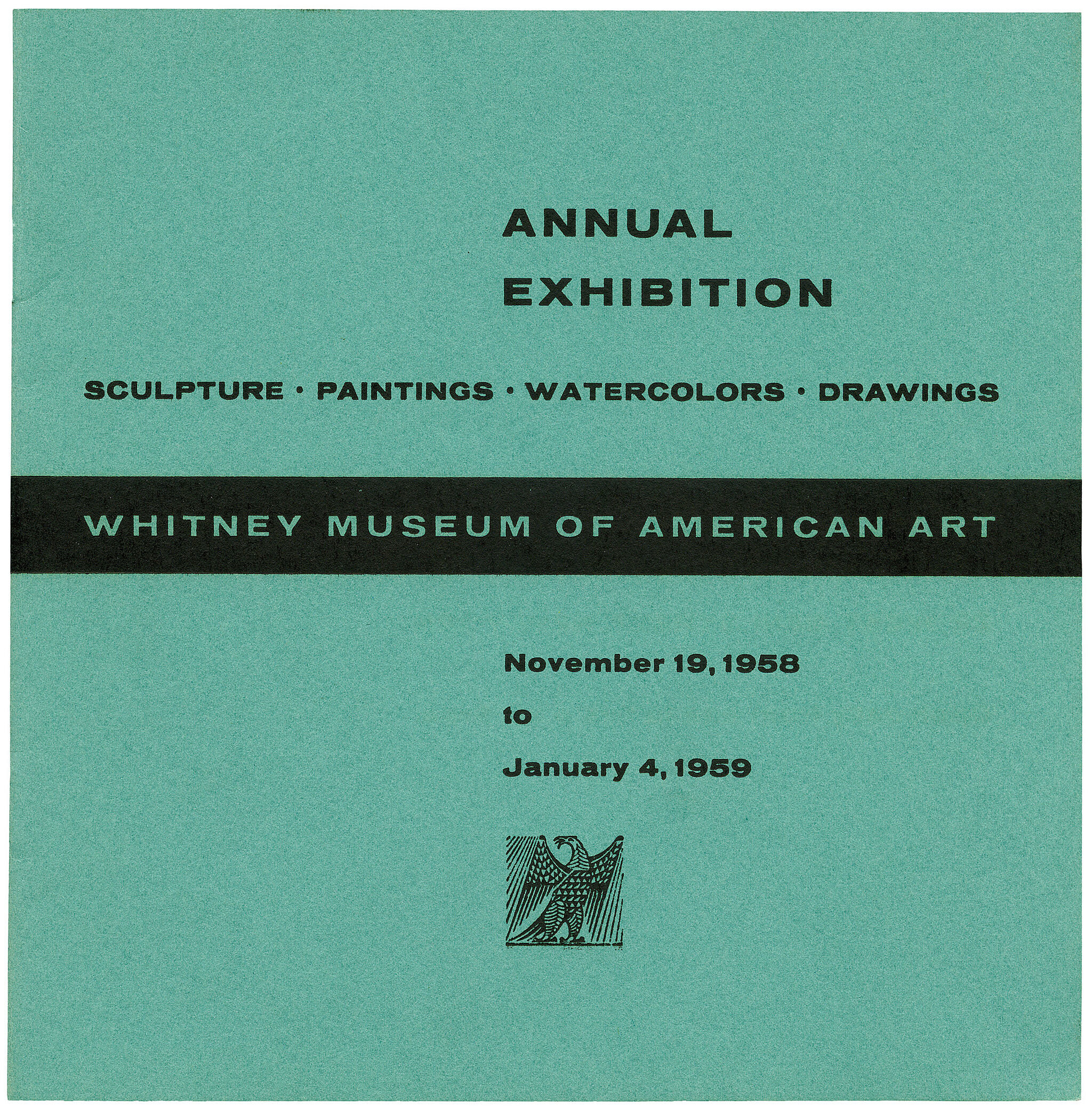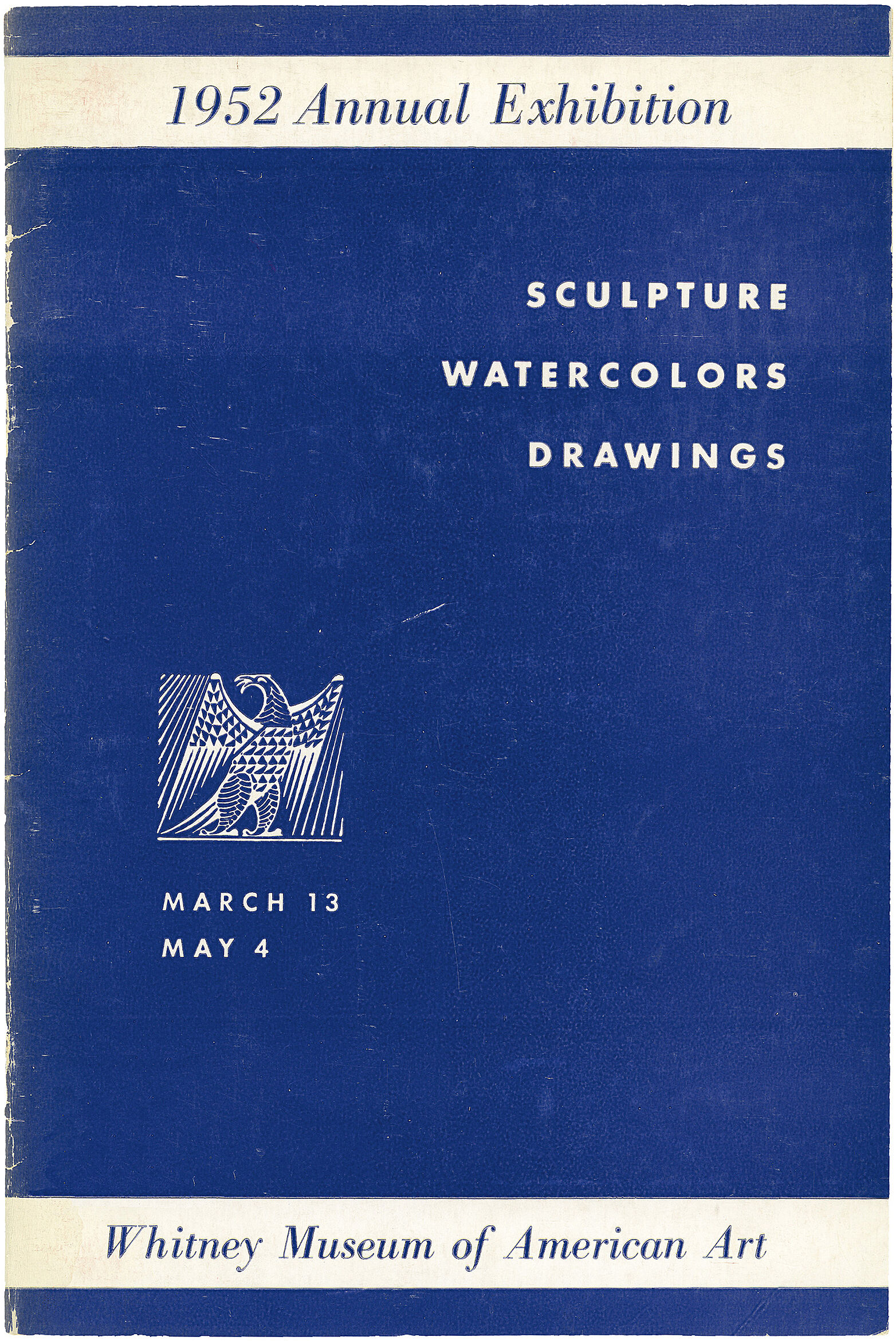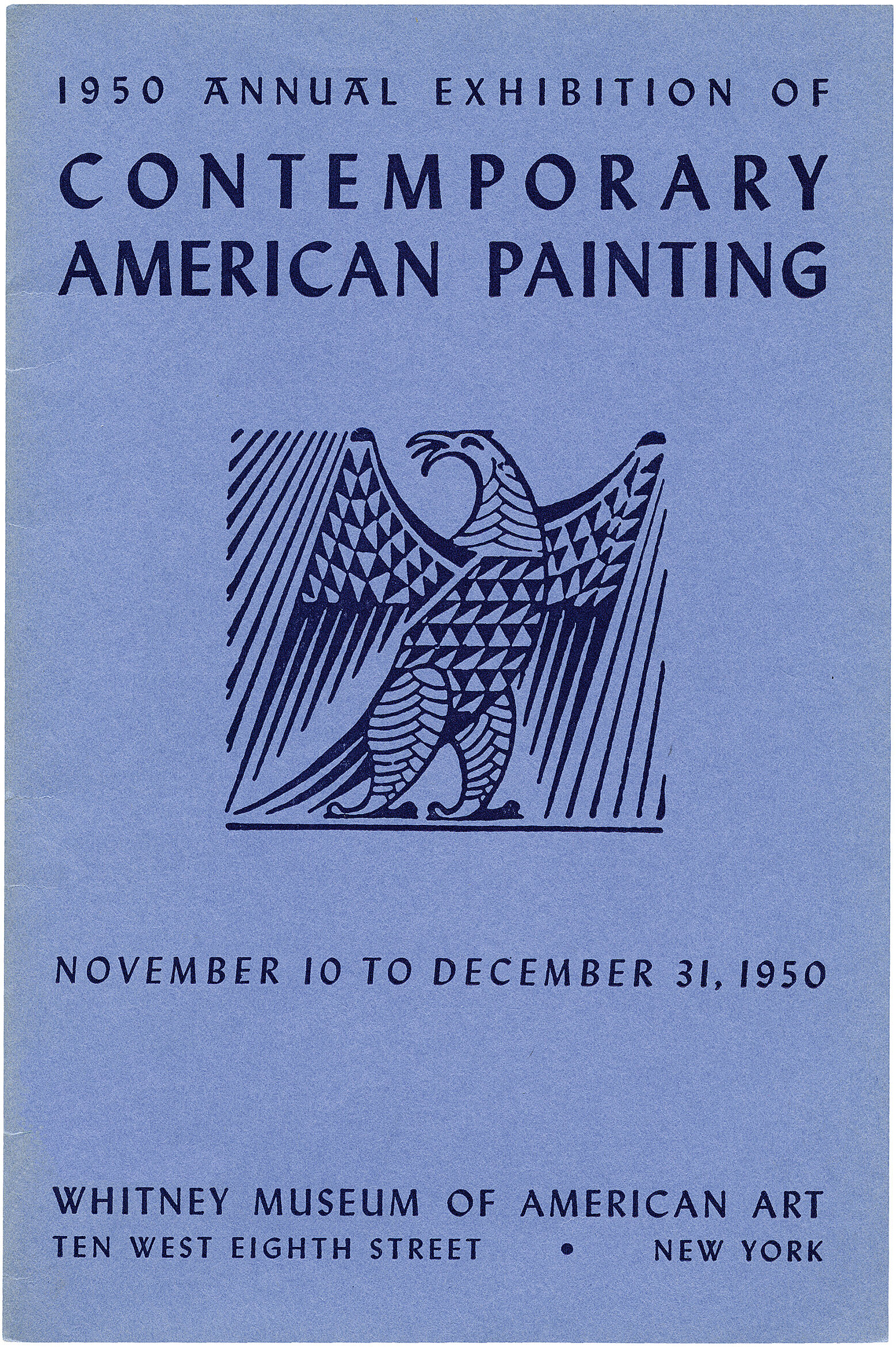Seong Moy
1921–2013
Introduction
Seong Moy (Chinese: 梅祥; April 12, 1921 – June 9, 2013) was an American painter and printmaker. Moy was born in a small town outside of Canton, China; he emigrated to the United States at the age of 10 in 1931, and joined other members of his family who had settled in St. Paul, Minnesota. During this time, Moy attended school during the day, and trained in his uncle's restaurant as an assistant chef when not in school. In 1934, Moy was introduced to art classes at the WPA Federal Art Project School through a friend. For the next few years, Moy studied art first at the Federal Art Project, and later at the St. Paul School of Art under Cameron Booth, and the WPA Graphic Workshop at the Walker Art Center in Minneapolis, MN. Advisors recognized his talent and permitted him to take more classes while maintaining a job.
In 1941 he moved to New York City where he was awarded a scholarship to study at the Art Students League of New York and the Hoffman School of Art. This lasted until the fall of 1942, when he enlisted with the United States Army Air Forces, serving in the China-India-Burma Theater as an aerial reconnaissance photographer with the 14th Air Force, the "Flying Tigers".
After the war Moy married and brought his wife Sui Yung to New York. He returned to the Art Students League on the G.I. Bill and re-established his relationship with Cameron Booth, who was now teaching in New York. Moy experimented with printmaking at the Atelier 17 and Robert Blackburn Printmaking Workshop in New York.
In the 1950s, Moy became a professor, teaching almost forty years at colleges, universities, and institutions:
Cooper Union Pratt Graphic Arts Center Columbia University New York University Smith College Vassar College Provincetown, MassachusettsIn 1955 Moy won a Guggenheim Fellowship. His woodcuts from this time are notable in their use of subject matter from Chinese classics, combined with the formal techniques of Abstract Expressionism. For example, his woodcut Inscription of T'Chao Pae #II (1952) explores the potential of archaic Chinese calligraphy, illustrating the artist's aim, in his own words, to "recreate in the abstract idiom of contemporary time some of the ideas of ancient Chinese art forms."
He returned to China at the age of 85, in 2008, with his wife, daughters and grandchildren to the rural villages where he and his wife were born in the 1920s. He had a great effect on his family and many who knew him in his life. Moy died in New York on June 9, 2013. He was survived by his wife of sixty six years, Sui Yung, his daughters, Jacqueline and Adrienne, and two grandchildren, Eamon and Fiona.
His work can be found in the permanent collections of a number of museums in the United States, including the Brooklyn Museum, Metropolitan Museum of Art, Museum of Modern Art, Whitney Museum of American Art, Indianapolis Museum of Art, Vero Beach Museum of Art, University of Michigan Museum of Art, Philadelphia Museum of Art, Smithsonian American Art Museum, and National Gallery of Art in Washington, DC.
Wikidata identifier
Q7451573
Information from Wikipedia, made available under the Creative Commons Attribution-ShareAlike License . Accessed November 23, 2025.



